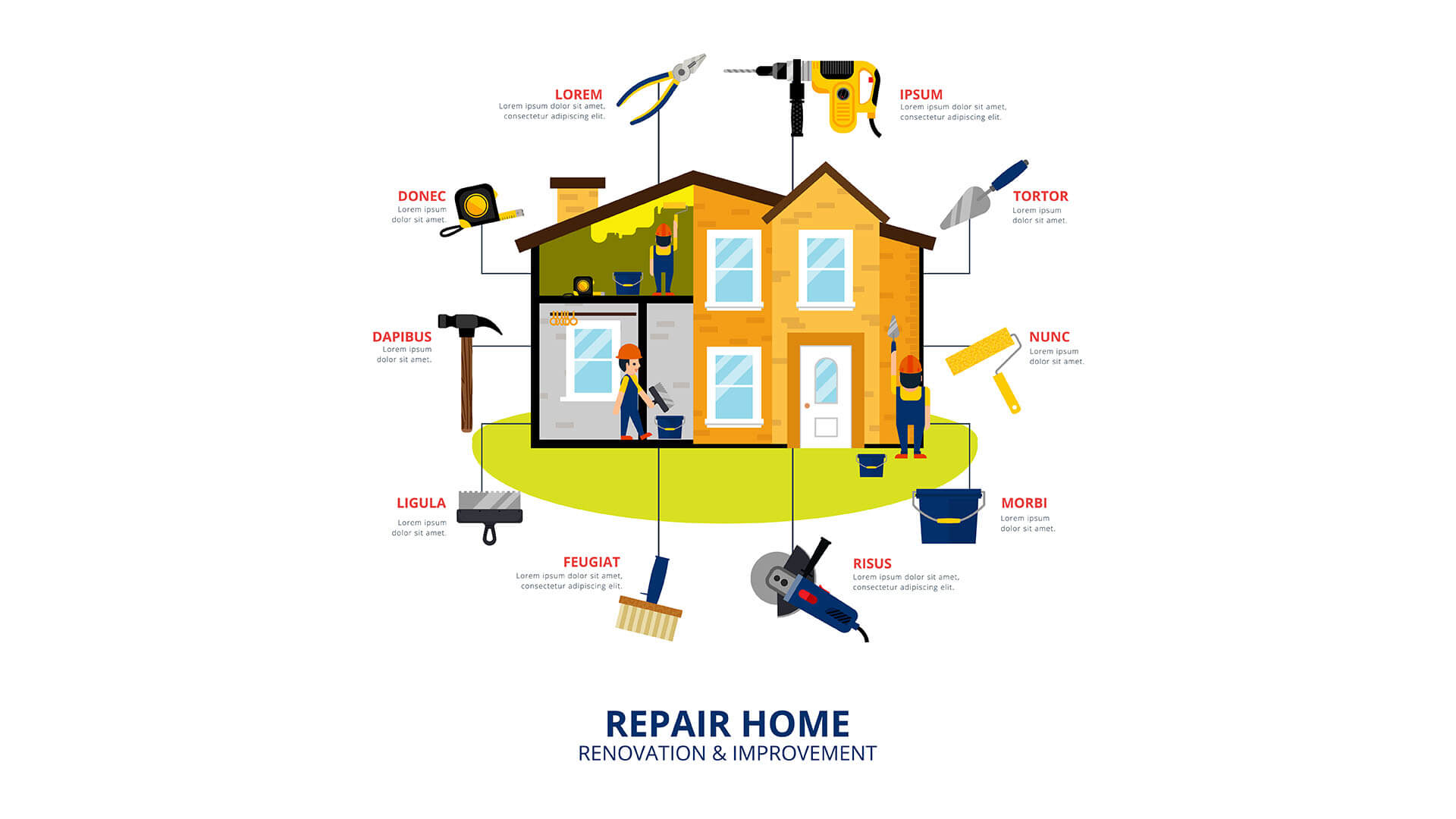In the world of heavy industry, maintenance and restoration are far more than occasional touch-ups—they are essential practices that safeguard productivity and profitability. As machinery and infrastructure face relentless exposure to harsh conditions, operators and maintenance teams must implement robust techniques to restore components efficiently. Among the most effective strategies are abrasive cleaning, protective coatings, and mechanical refurbishing—all of which can significantly extend the operational life of industrial equipment.
Understanding the Lifecycle of Industrial Machinery
Industrial equipment operates under some of the harshest conditions imaginable. Whether it’s exposure to moisture, chemicals, dust, or extreme temperatures, these environmental factors contribute to gradual wear and degradation. For manufacturers, refineries, and construction firms, preventative maintenance and timely restoration work are non-negotiable. Left unaddressed, small issues like surface corrosion or debris buildup can escalate into catastrophic failure, requiring costly replacements and halting operations.
Key Restoration Techniques Used Today
Several advanced restoration methods are commonly used across sectors. Mechanical cleaning, for instance, is often employed to remove built-up residues and corrosion. Laser cleaning is a high-precision alternative when working with delicate or intricate surfaces. Thermal spray coatings can restore component dimensions and add a layer of protection against future wear. Non-destructive testing (NDT) is another valuable tool used to identify hidden damage before it becomes visible.
Among these tools, abrasive blasting remains one of the most efficient ways to restore surfaces. A variety of materials can be used for this purpose, each offering specific advantages depending on the application. One popular option includes shot blast media, which is known for its durability and effectiveness in removing rust, paint, and other surface contaminants without compromising the integrity of the underlying material.
How Regular Restoration Drives Operational Efficiency
The benefits of regular equipment restoration are twofold: first, it ensures consistent performance and product quality; second, it prevents downtime caused by mechanical failures. Well-maintained machinery is also more energy-efficient, contributing to reduced operational costs. More importantly, early intervention helps businesses comply with regulatory standards and safety guidelines.
By developing a restoration schedule that factors in usage frequency, environmental exposure, and historical wear trends, companies can adopt a proactive approach to maintenance. This not only minimizes emergency repairs but also extends the capital investment in machinery over many years.
Restoration in Action: Case Studies Across Industries
The oil and gas industry, for example, frequently restores high-pressure pumps and valves to ensure leak-free performance under demanding conditions. In aerospace, landing gear components are often stripped, cleaned, and re-coated to meet stringent flight-readiness standards. Meanwhile, construction firms rely on regular abrasive cleaning to prepare structural steel for protective coatings, ensuring longevity and safety.
Even smaller-scale manufacturing facilities are seeing the advantages of equipment restoration. Through local service providers and specialized contractors, businesses can access restoration services that would otherwise require total component replacement. This democratization of technology ensures that even medium-sized enterprises can remain competitive in high-stakes markets.
Looking to the Future: Innovations in Equipment Restoration
Emerging technologies like AI-driven diagnostics and automation are beginning to revolutionize the way restoration is performed. Predictive analytics can now anticipate component failure before symptoms appear, allowing just-in-time interventions. Robotic blasting arms and automated spray coating systems are also reducing labor requirements while improving precision and repeatability.
Additionally, the materials used in restoration are improving. More environmentally friendly abrasives and coatings are replacing older, toxic substances—making industrial processes cleaner and safer. These innovations will continue to shape the future of industrial maintenance, providing scalable solutions for both legacy systems and cutting-edge machinery.
Conclusion
The restoration of industrial equipment is not just a necessity; it’s a strategic investment. With the right combination of techniques—from thermal coating and laser cleaning to traditional abrasive methods—businesses can extend machinery life, minimize downtime, and stay ahead of costly repairs. As the industry evolves, staying informed on these restoration options can make a significant difference in performance and long-term resilience.




